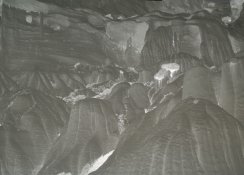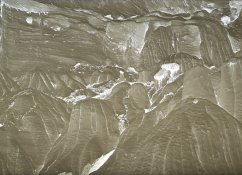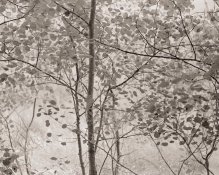O great masters of silver,
I want to try out stand developing. Partly because I like the idea of letting something soak in chemicals untouched for multiple hours, and partly because all the results I've seen from other stand-developing photographers have blown me away.
1. What kind of film should I try this on? I've got some Fuji Acros, Tmax 100, HP5+, and Tri-X. (Maybe other stuff, I can't remember...) In every case, I prefer shooting at box speed, at least to start out so that things don't get too crazy. I'd also like to try it mainly on 35mm - is this possible, or will I suffer a grain explosion?
2. Keeping in mind I have HC-110 and Rodinal in my cabinet, how do I figure out what dilutions and times I need to start with? Most of my current developing times are straight from the Massive Development Chart, which has yet to let me down. But mostly everything there calls for agitation at ten seconds every minute. Is there a simple (or complex) formula for calculating stand times given "normal" times for a certain film/developer combination?
Thanks,
-Dan
I want to try out stand developing. Partly because I like the idea of letting something soak in chemicals untouched for multiple hours, and partly because all the results I've seen from other stand-developing photographers have blown me away.
1. What kind of film should I try this on? I've got some Fuji Acros, Tmax 100, HP5+, and Tri-X. (Maybe other stuff, I can't remember...) In every case, I prefer shooting at box speed, at least to start out so that things don't get too crazy. I'd also like to try it mainly on 35mm - is this possible, or will I suffer a grain explosion?
2. Keeping in mind I have HC-110 and Rodinal in my cabinet, how do I figure out what dilutions and times I need to start with? Most of my current developing times are straight from the Massive Development Chart, which has yet to let me down. But mostly everything there calls for agitation at ten seconds every minute. Is there a simple (or complex) formula for calculating stand times given "normal" times for a certain film/developer combination?
Thanks,
-Dan














